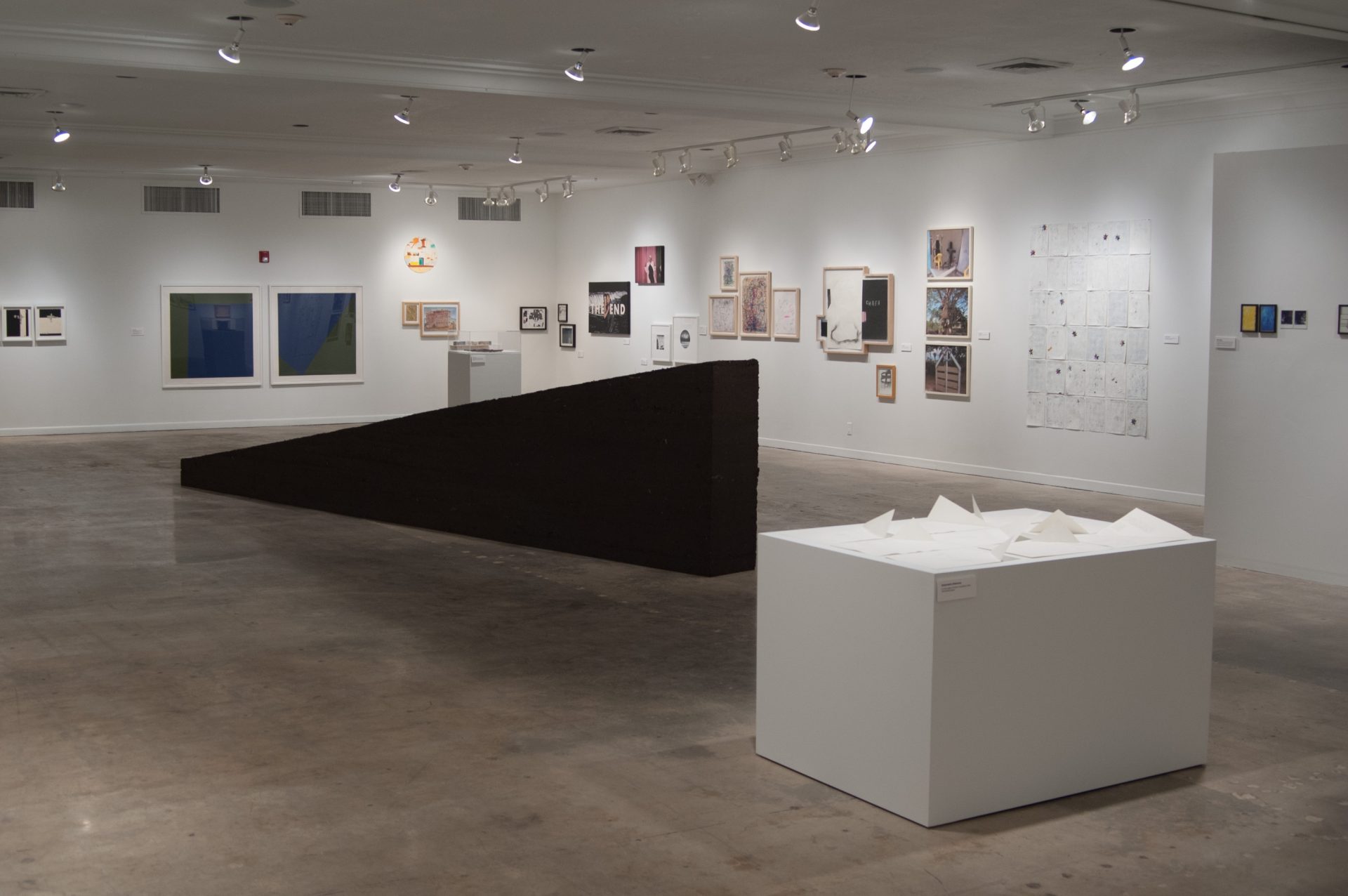BY Jane Simon
“Much can be—and, of course, has been—said about the role of Art Basel in the global art market. It’s a fair, after all, that can turn certain ‘peripheral’ cities into cultural centers. What was Basel, what was Miami, before the advent of the art fair? In particular, Art Basel laid down the blueprint for turning a beach town for retirees into a world-class city replete with sophisticated art venues. Surely during a few concentrated days, checkbooks are flung open as widely as the doors to some of the city’s venerable collections. Yet scores of art viewers attend the fair not to buy art, but to see things they rarely have the chance to experience otherwise, and even to be inspired.
Despite all the work I was able to take in during the preview day at the fair, and the renewed enthusiasm I began to feel for this storied pillar of the art world, it was two conversations with two different friends that really helped me look at Art Basel Miami Beach the way an artist might. One talk involved a friend who teaches art in Chicago. He explained how—when he was a graduate student—one quick trip to the fair enabled him to experience much of the contemporary painting he was trying to recreate and emulate at the same time—from Michael Krebber to Wilhelm Sasnal to Barnaby Furnas. For this compression of time and place, he said, he was grateful to Art Basel. A fantastic early John Baldessari that I spied tucked away in the booth of Marian Goodman could also be considered a masterpiece of influence for much of what artists make today. The second conversation happened just as I was leaving the fair; I ran into a colleague whose eyes glowed when I asked how she was. ‘I just saw the most amazing Milton Avery painting [at Hirschl & Adler Modern]. It was so inspiring; I can’t wait to get back to my studio.’ This (and everything else) is why Art Basel is such a big deal.”
(Via Art Agenda » Reviews.)
